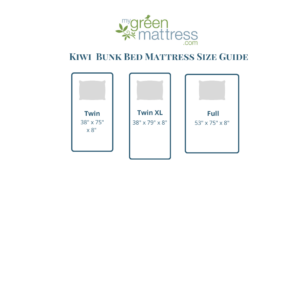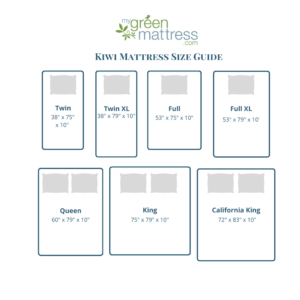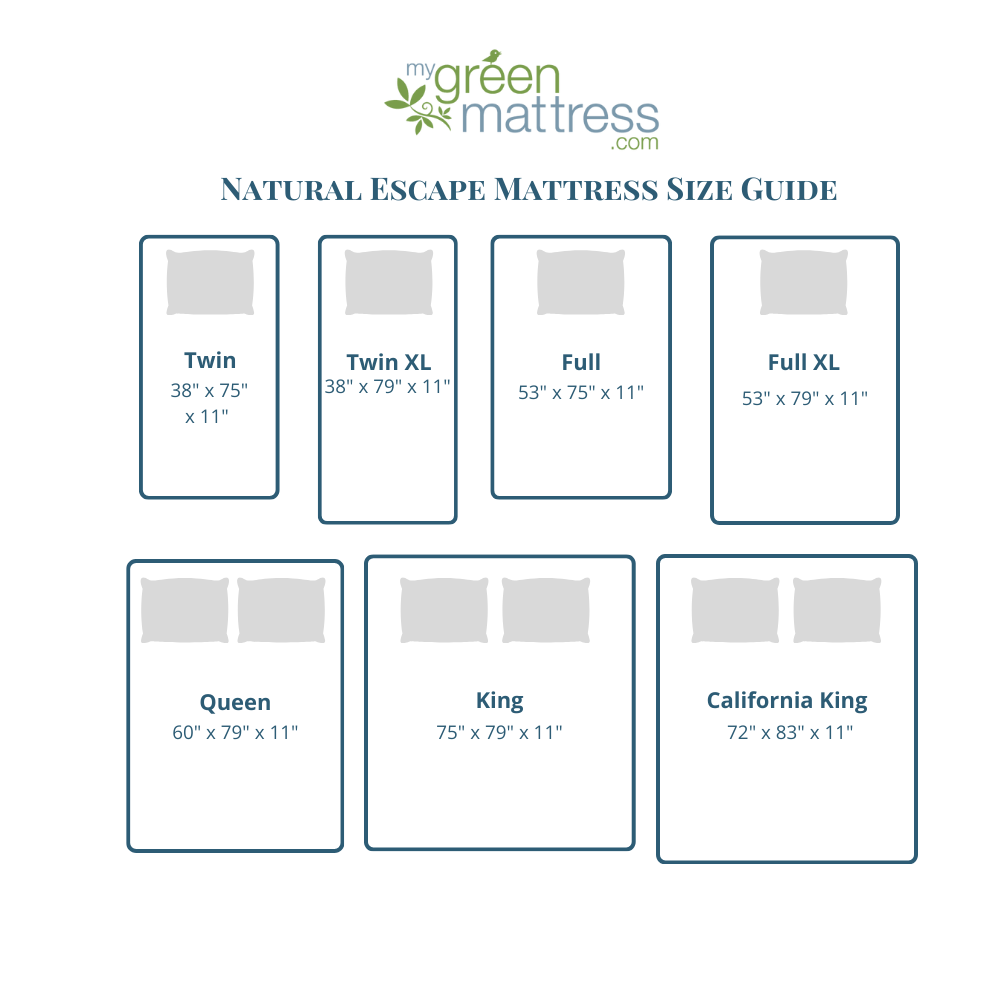In a fast-paced world filled with hectic schedules, constant connectivity, and sleep-deprived nights, the humble nap emerges as a beacon of rejuvenation and vitality. Napping, often regarded as a sign of laziness or indulgence, is, in fact, a valuable practice with numerous benefits for our physical and mental well-being. In this article, we will explore the importance of napping and provide you with tips on how to nap effectively.
The Science of a Great Nap
Napping is a biological phenomenon that has been observed in many species, including humans. (Think of dogs and cats, napping to replenish their inexhaustible energy.) Our bodies are naturally programmed for two periods of sleepiness in a 24-hour cycle: one during the night and another in the early afternoon. This afternoon slump is not a coincidence; it’s a part of our circadian rhythm. Some cultures have even turned this natural slump into a society-wide siesta period in the afternoon when everyone is encouraged to rest before evening.
During this time, our body temperature and energy levels drop, making us feel drowsy. A well-timed nap can help us counteract this dip in alertness, leading to increased productivity, better mood, and enhanced cognitive function.
The Benefits of Napping
- Improved Alertness: A short nap can significantly boost your alertness and concentration. It can help you power through the day, especially when faced with tasks that require focus.
- Enhanced Creativity: Napping has been shown to stimulate creativity and problem-solving abilities. After a nap, you may find it easier to think outside the box and come up with innovative solutions.
- Stress Reduction: Napping can help reduce stress and anxiety. It provides a moment of relaxation and rejuvenation, allowing your mind to reset and your body to de-stress.
- Memory Consolidation: Napping can enhance memory and learning. During deep sleep phases, the brain processes and consolidates information, making it easier to remember and retain what you’ve learned.
- Improved Mood: Napping can have a positive impact on your mood. A short nap can help alleviate feelings of irritability and fatigue, leaving you feeling refreshed and happier.
How to Nap Effectively
- Choose the Right Time: The ideal time for a nap is generally in the early afternoon, around 2 to 3 PM. This aligns with the natural drop in energy levels. However, the best time for you may vary based on your individual circadian rhythm.
- Keep It Short: A short nap of 20 to 30 minutes is usually sufficient to reap the benefits without experiencing grogginess. Longer naps can potentially disrupt nighttime sleep.
- Find a Comfortable Spot: A quiet, dark, and comfortable environment is essential for a successful nap. If possible, use a sleep mask and earplugs to block out light and noise.
- Set an Alarm: To prevent oversleeping and grogginess, set an alarm for the desired nap duration. This will help you wake up feeling refreshed and alert.
- Relax Your Mind: Before napping, try relaxation techniques like deep breathing or progressive muscle relaxation to calm your mind and body.
- Experiment: Not everyone experiences the same benefits from naps, and some people may not feel refreshed after a nap at all. Experiment with different nap lengths and timings to discover what works best for you.
- Pro-tip: You don’t have to fall asleep to nap. Sometimes people expect to sleep when they nap, and if they don’t fall asleep they think they are doing it wrong. In fact, simply closing your eyes and resting your body for 20 minutes or so brings many of the same benefits of a nap.
Napping is not a sign of laziness but a powerful tool for enhancing productivity, creativity, and overall well-being. When used wisely, naps can provide a much-needed energy boost and mental clarity, helping you navigate the demands of a busy day. So, the next time you feel the afternoon slump coming on, consider taking a brief and purposeful nap to recharge your body and mind.









